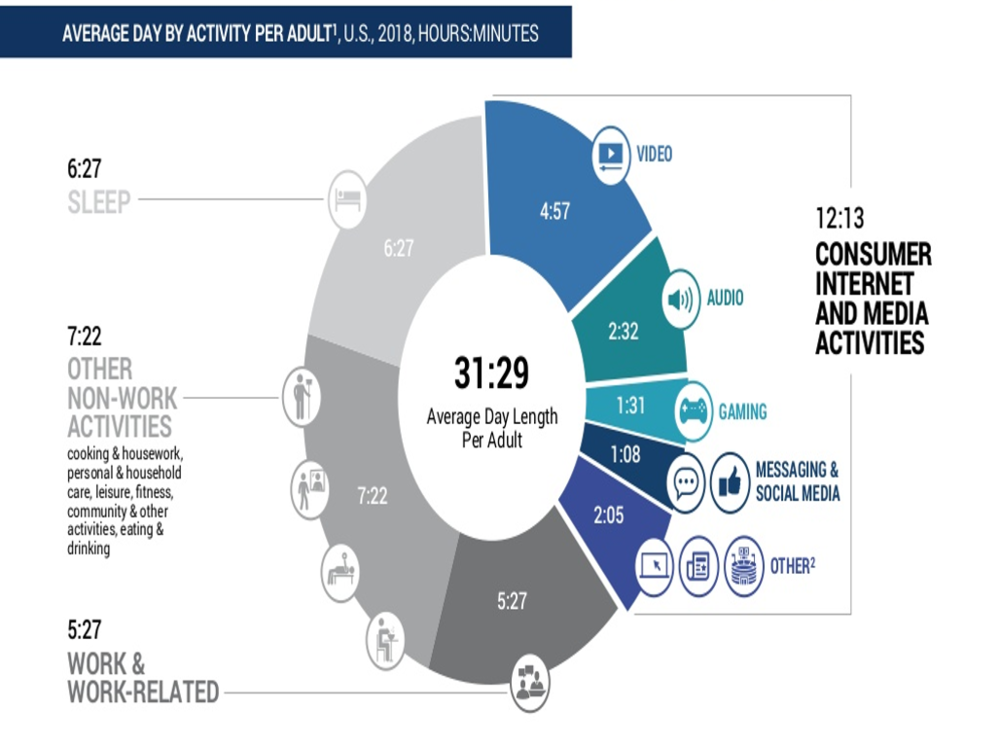As the Medical Director of the Kansas Business Group on Health I’m sometimes asked to weigh in on hot topics that might affect employers or employees. This is a reprint of a blog post from KBGH:
In late 2015 a massive gas leak broke loose in the Aliso Canyon oilfield near Los Angeles. The gas leak turned out to be a bit of a false alarm from the Los Angeles Unified School District’s perspective, but due to parental concerns the School District and the Southern California Gas company installed improved, high-performance air filters in every classroom, office, and common area in the eighteen schools within five miles of the gas leak at the end of January 2016.
Ironically, by the time the filters were installed three months after detection of the gas leak, the excess methane from the gas well was into the upper atmosphere and not directly affecting the health of the students. The quality of the air in the Porter Ranch area of the San Fernando Valley where the gas leak happened is quite good by California standards, and the air inside the schools met criteria set forth by the Clean Indoor Air Act.
But an enterprising economist took advantage of the new air filters—which reduced whatever pollution was present in the schools by roughly 90%–to conduct an observational study we call a “natural experiment.” He compared standardized test scores before and the two years after the air filter installation in schools that got air filters to scores in schools that were just outside the five-mile radius and which did not get air filters. He controlled for all the usual “confounders” that investigators try to rule out as hidden causes, like demographics and ZIP code that might indicate exposure to different learning environments or levels of air pollution at home.
They’re equivalent to the effect of decreasing class size by a third or switching students to charter schools.
In following the students over time he found that math scores went up by 0.20 standard deviations and English scores went up by 0.18 standard deviations. The effect was durable over time. That is, the benefit of the cleaner air didn’t go away. These numbers are huge. They’re equivalent to the effect of decreasing class size by a third or switching students to charter schools. And at roughly $1,000 per classroom per year, new air filters are a tiny fraction of the cost of either of those interventions.
What does this have to do with your workplace? The effect does not seem to be limited to schools. As Matthew Iglesias points out, similar results have been seen in several other settings, including farm workers, baseball umpires, and packing plant workers.
At the time of the writing of this post I cannot find real-time numbers for Wichita’s level of 2.5 micrometer air pollution (PM2.5), the most important number for health. But the air in the San Fernando Valley from this study compares roughly to that in Topeka and Kansas City, KS, both of which have shown a PM2.5 density of roughly 35-65 mcg/m3 in the last 24 hours, indicating that workers in urban Kansas settings may benefit just as much as school kids in Los Angeles.
Others have tried unsuccessfully, due to ongoing litigation, to determine exactly which filters were installed in the schools. But a press release indicates that the filters were likely Blueair’s 503, 550E, 555EB, 603, 650E, and Pro XL models, which all use “electrostatic and mechanical filtration to remove 99.97% of harmful particles from the air, down to 0.1 microns in size.” So if you’re considering this step in your workplace, these seem to be the appropriate specifications to aim for. You’ll make your employees healthier, and you may find you make them more productive.


